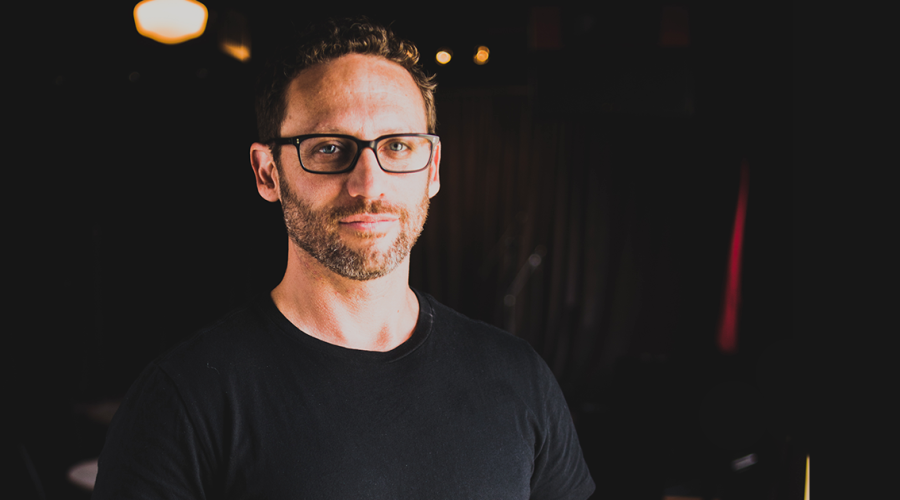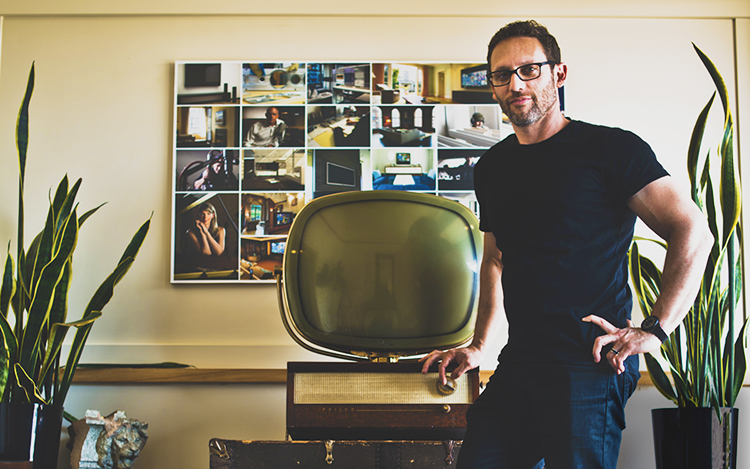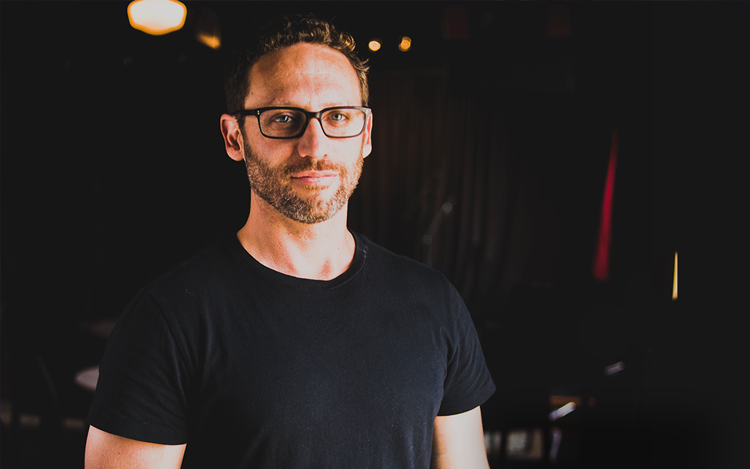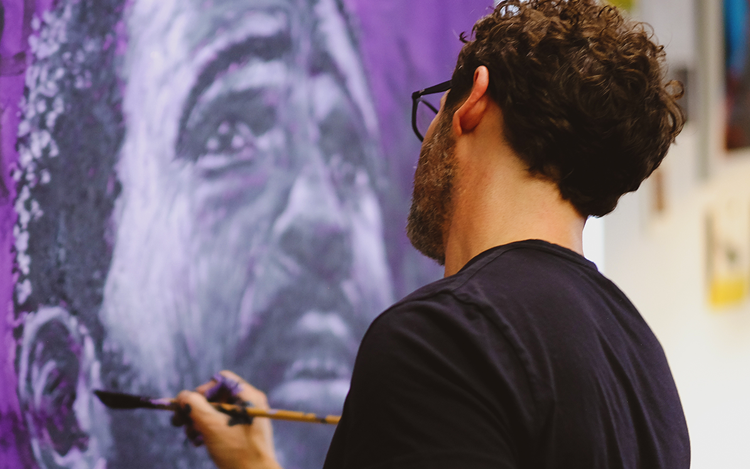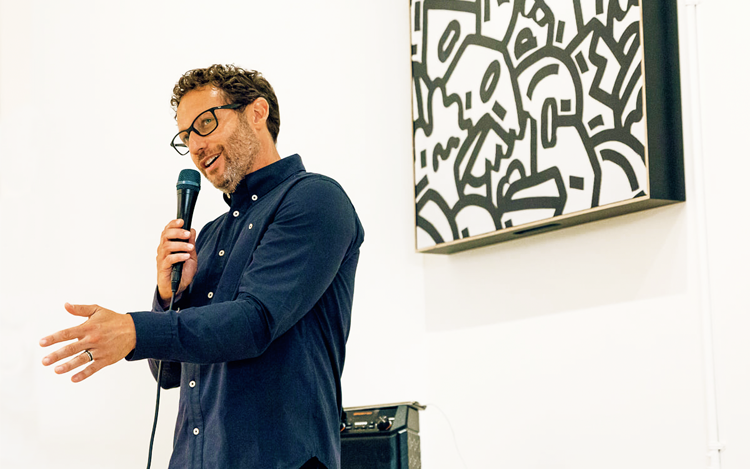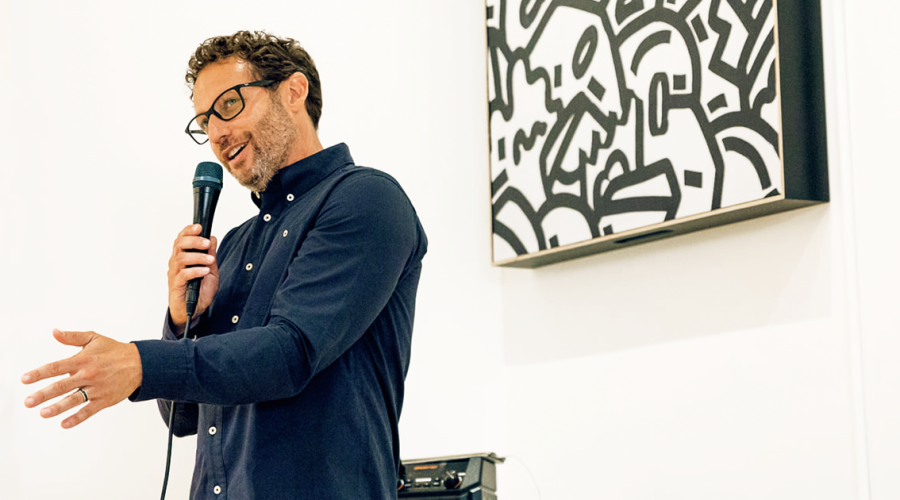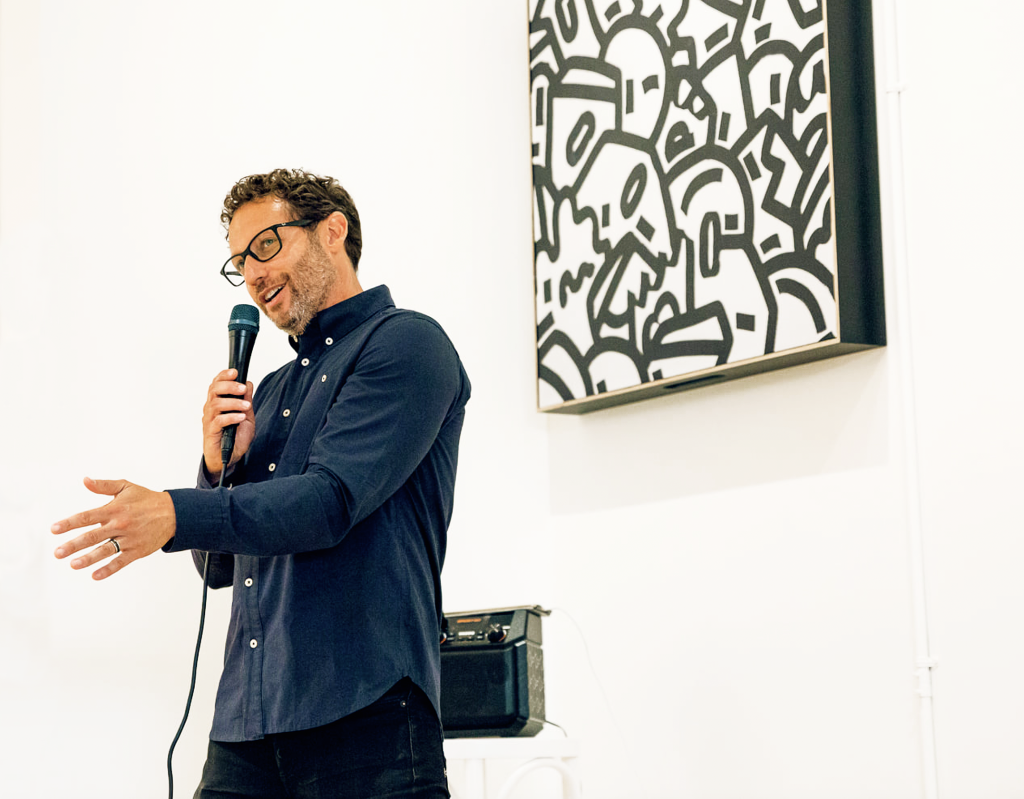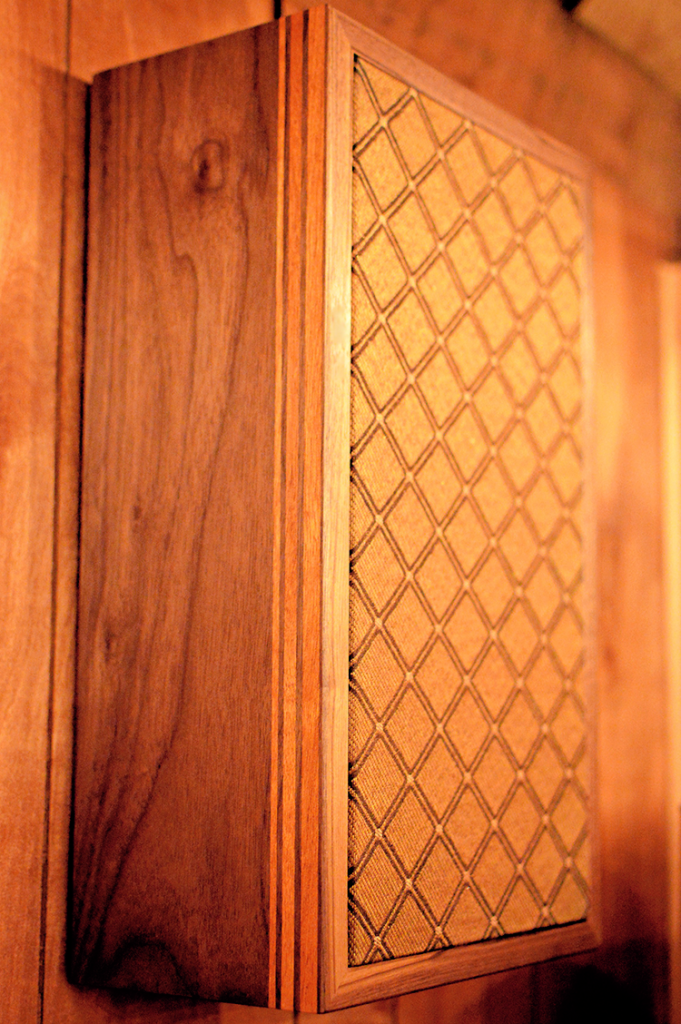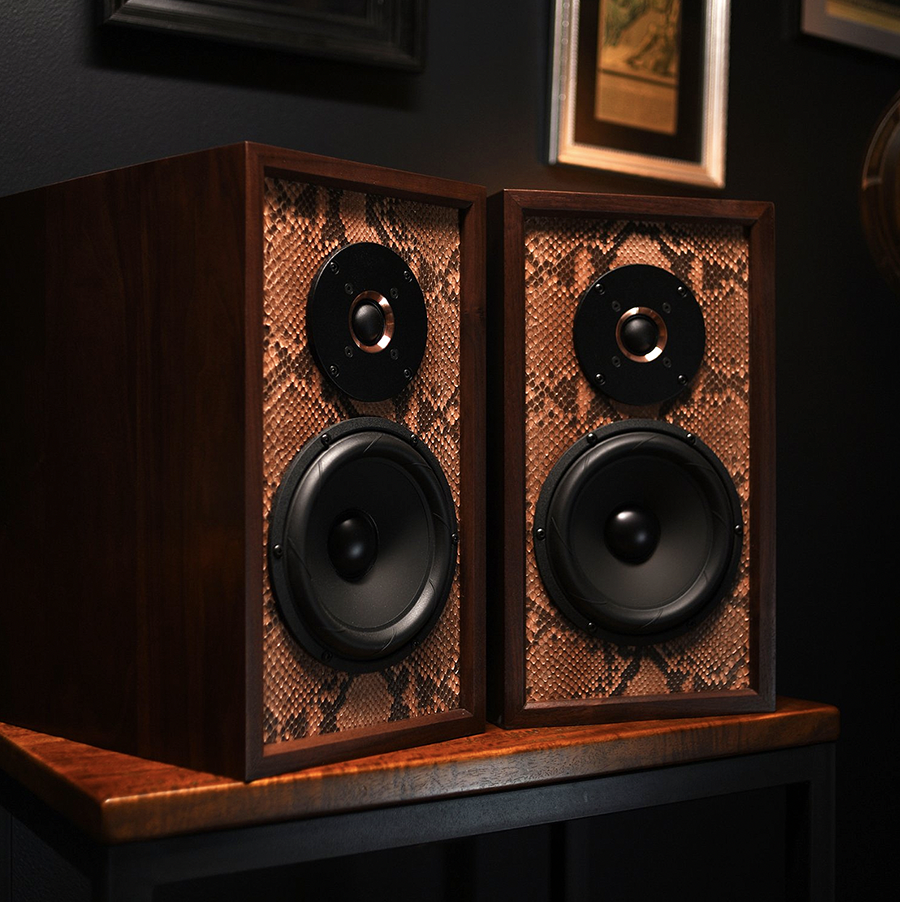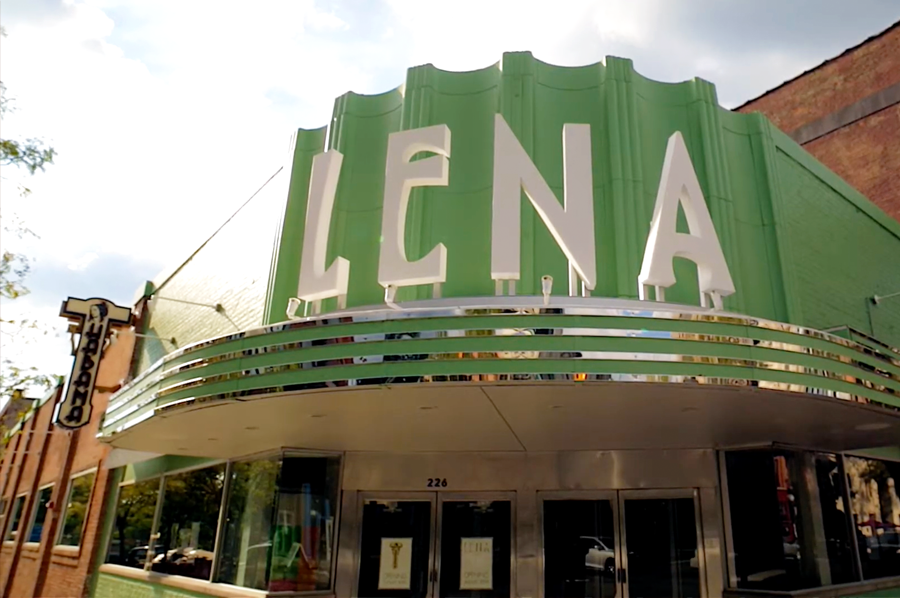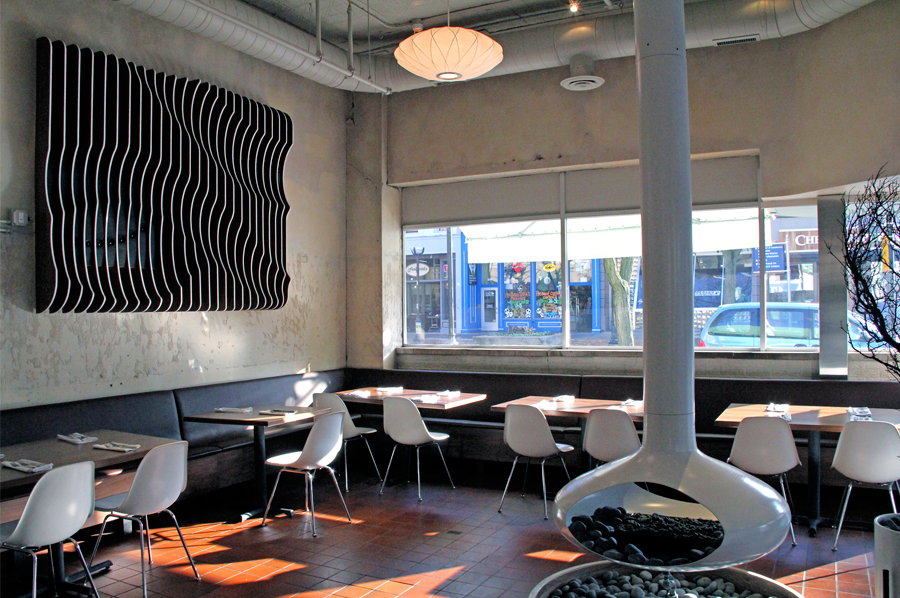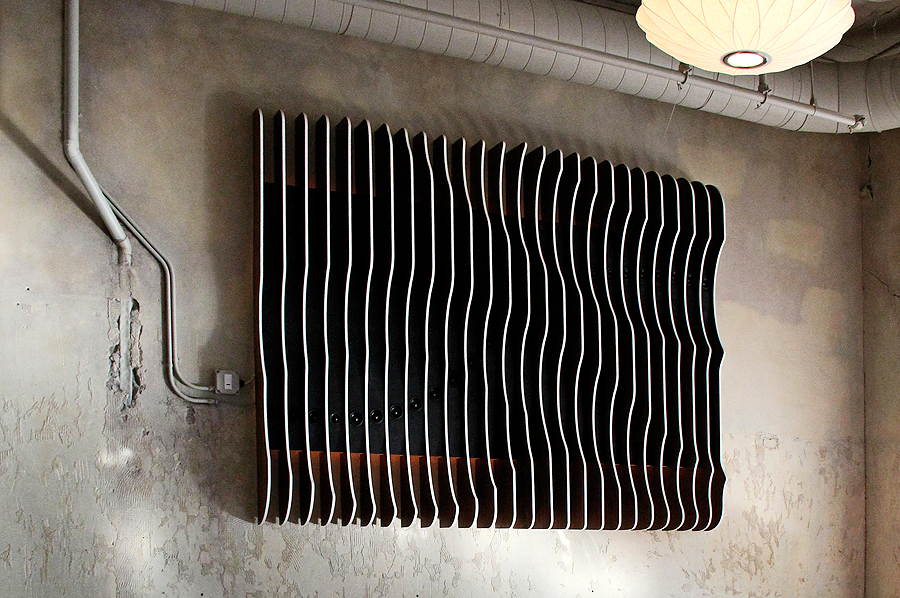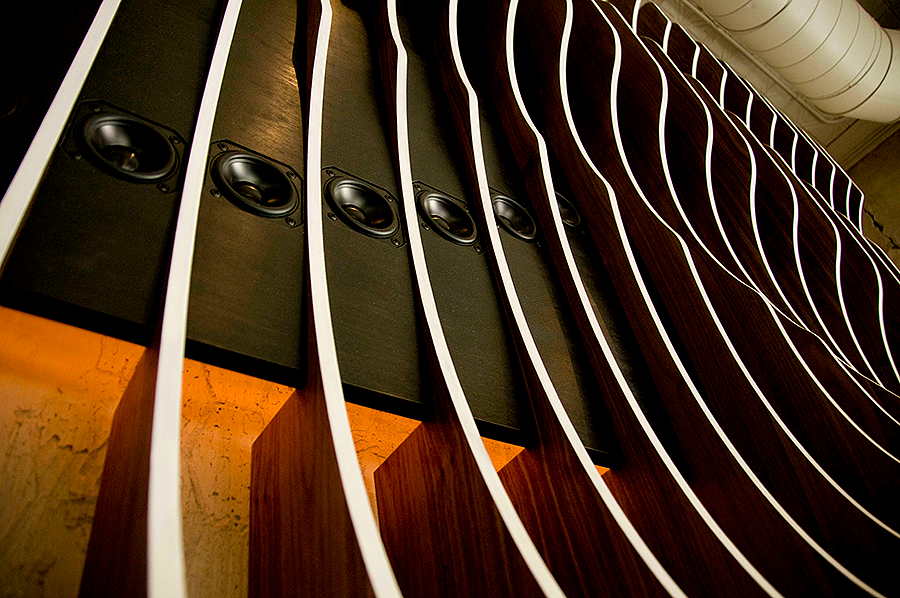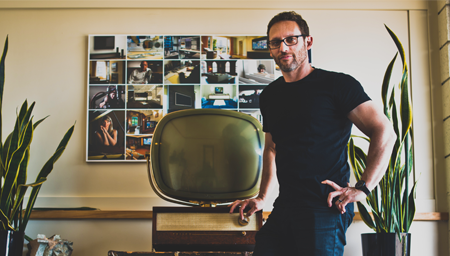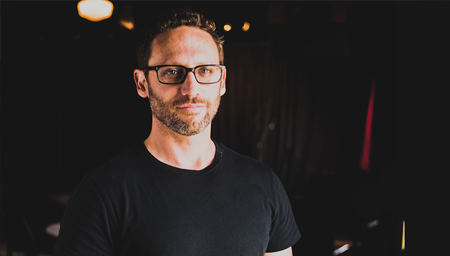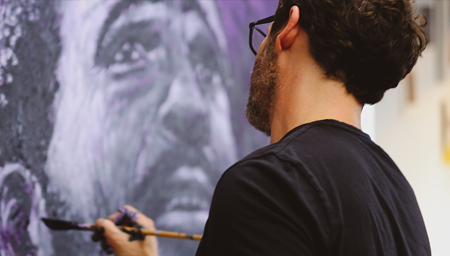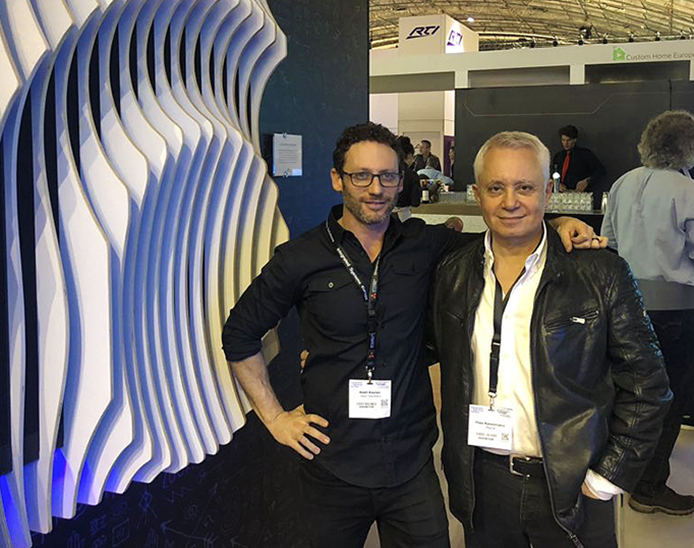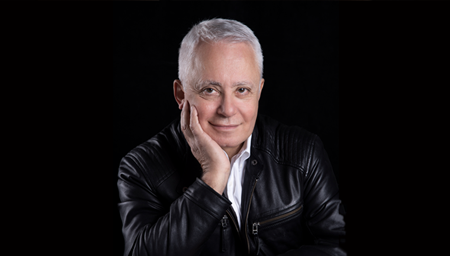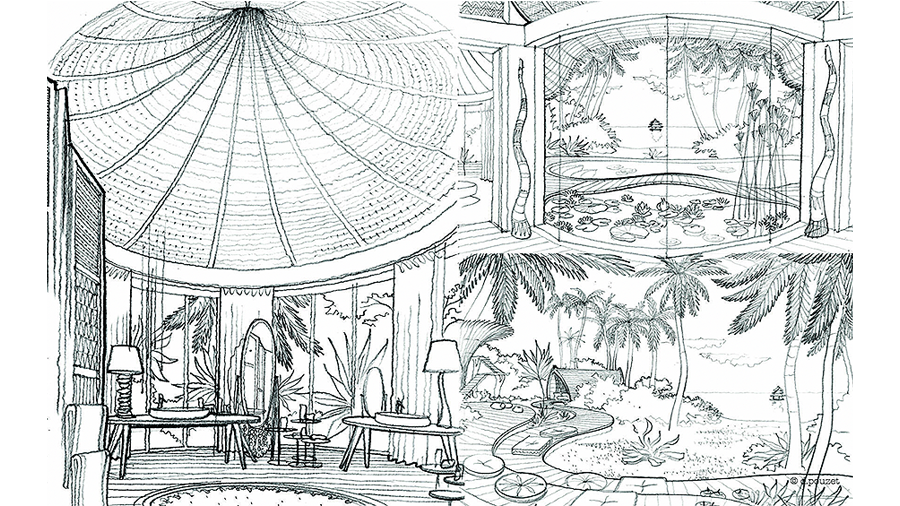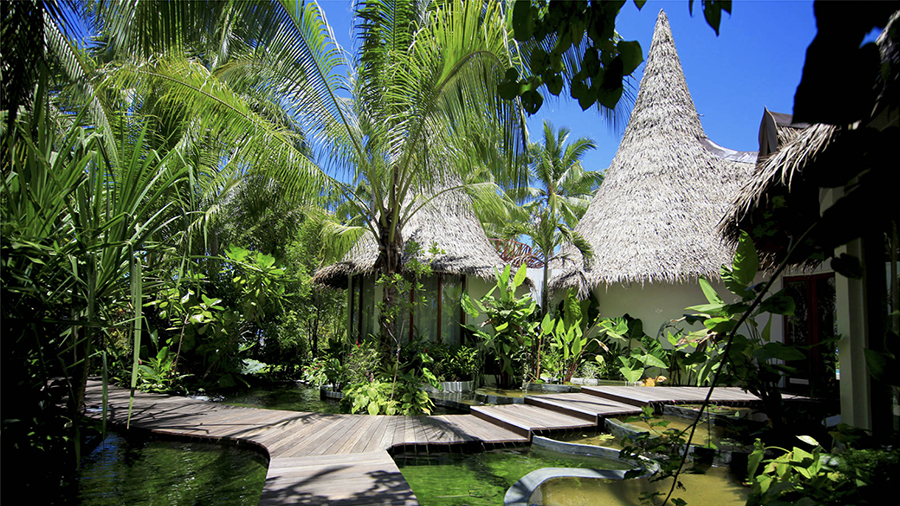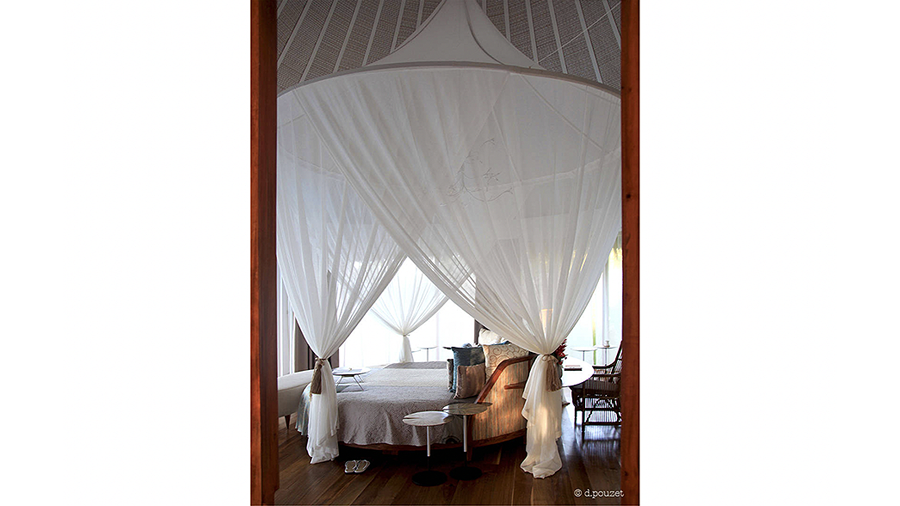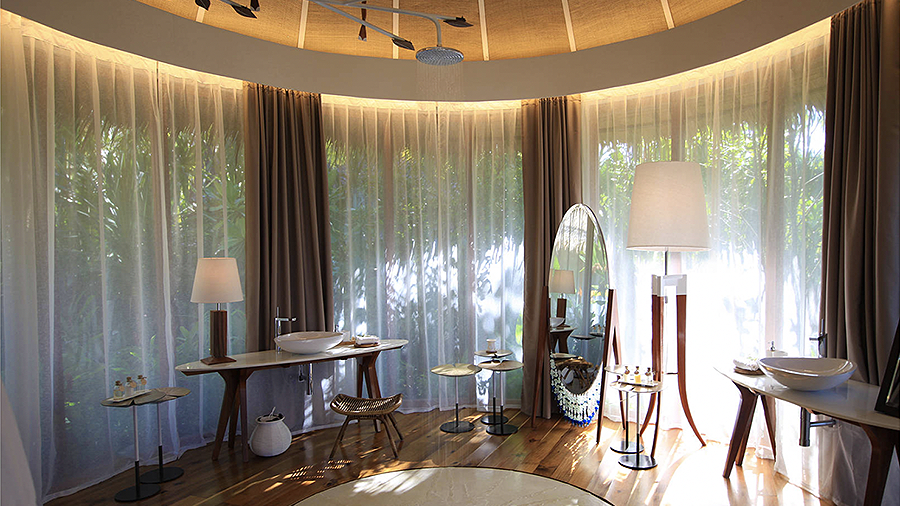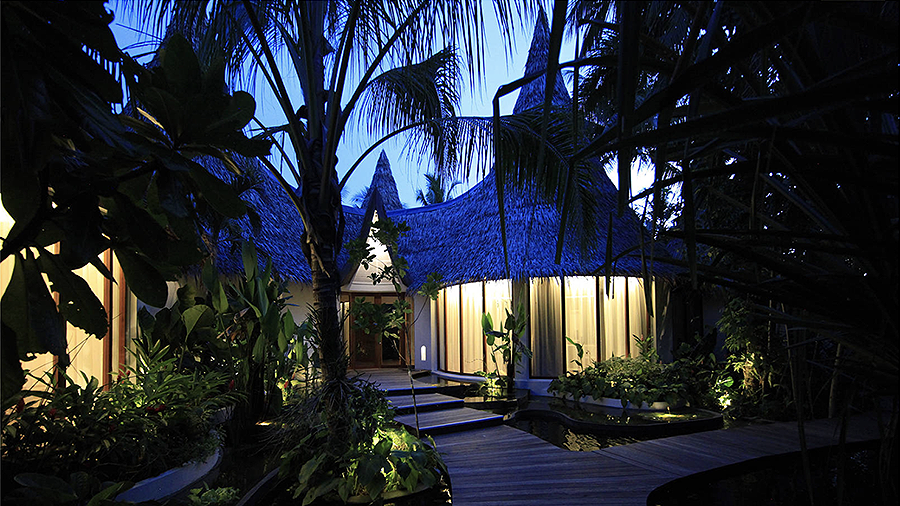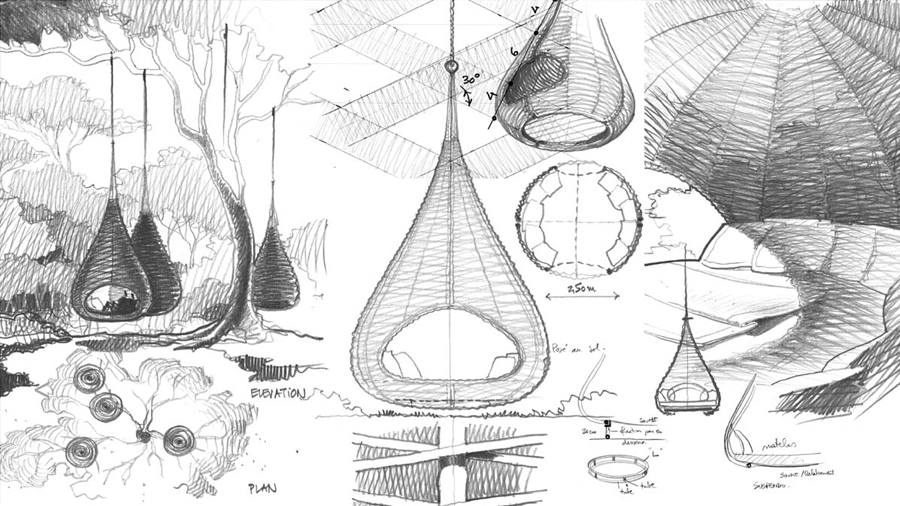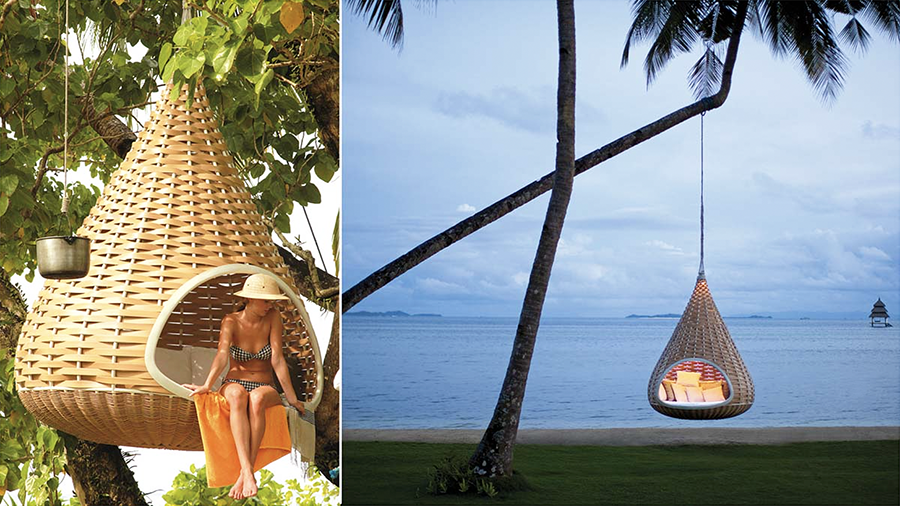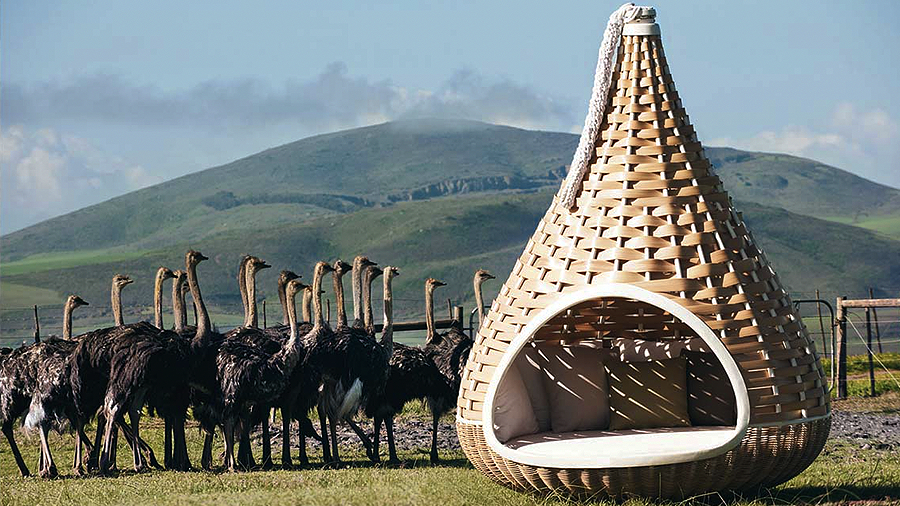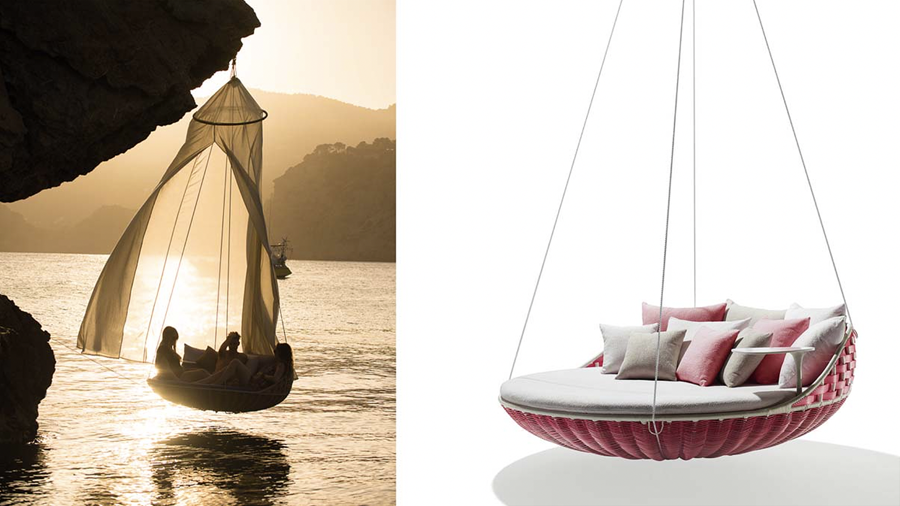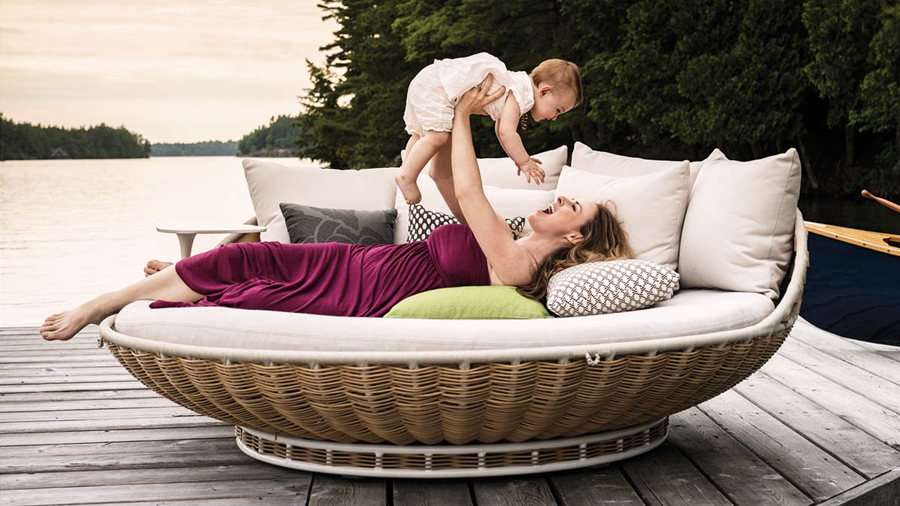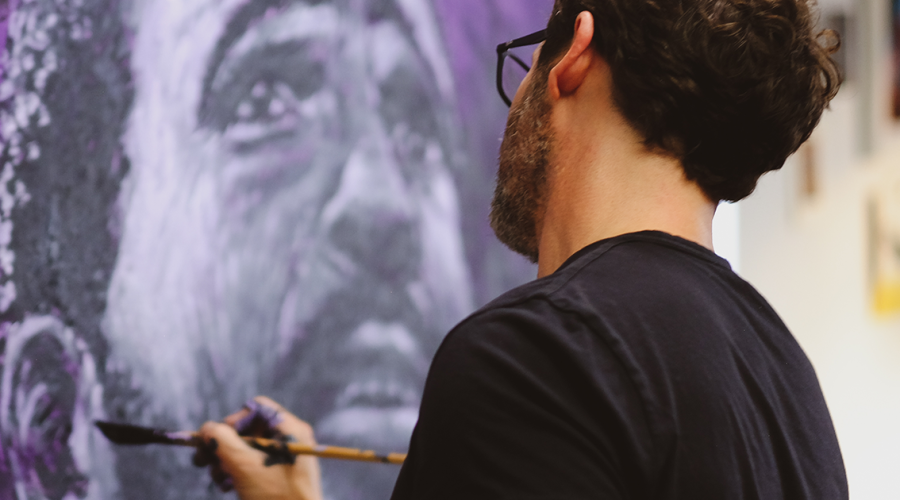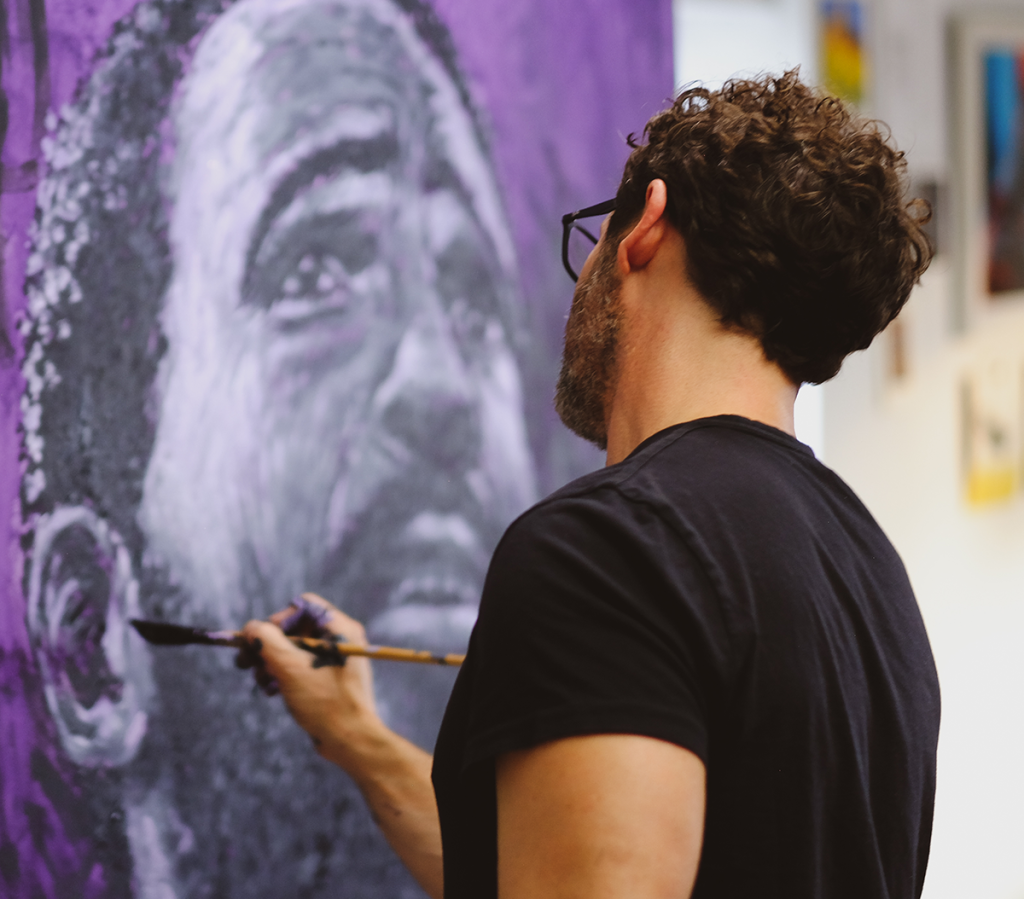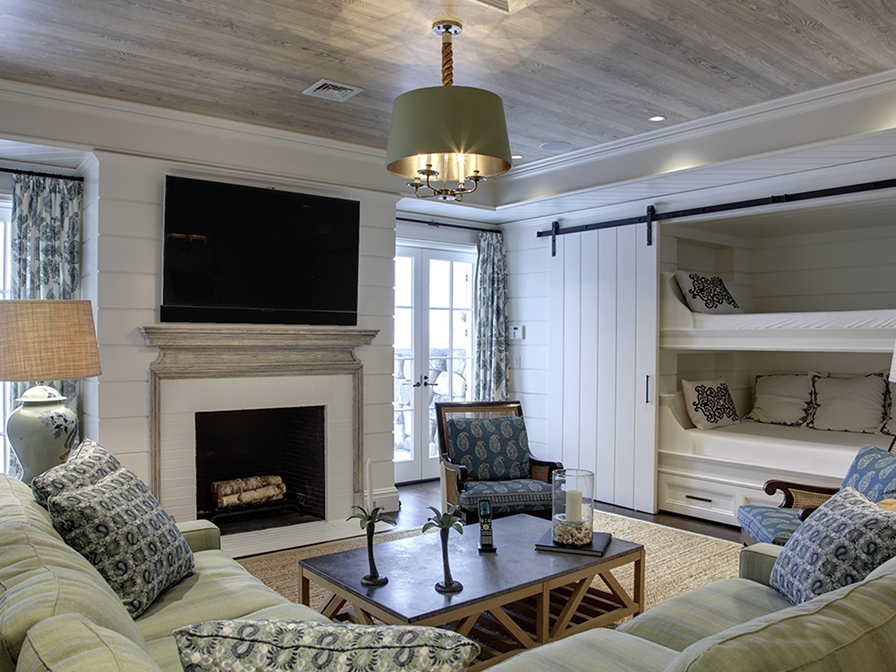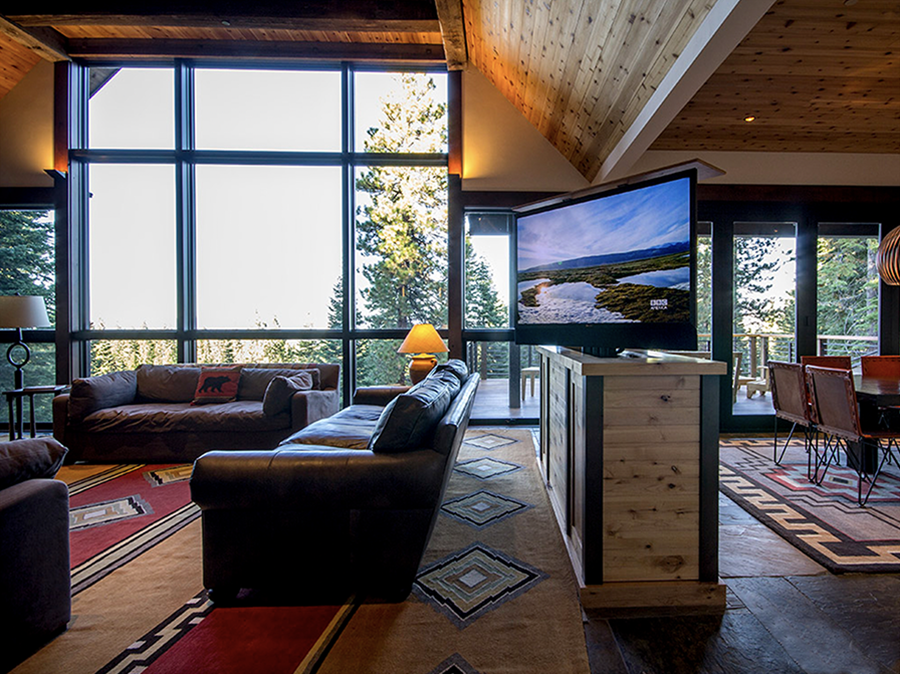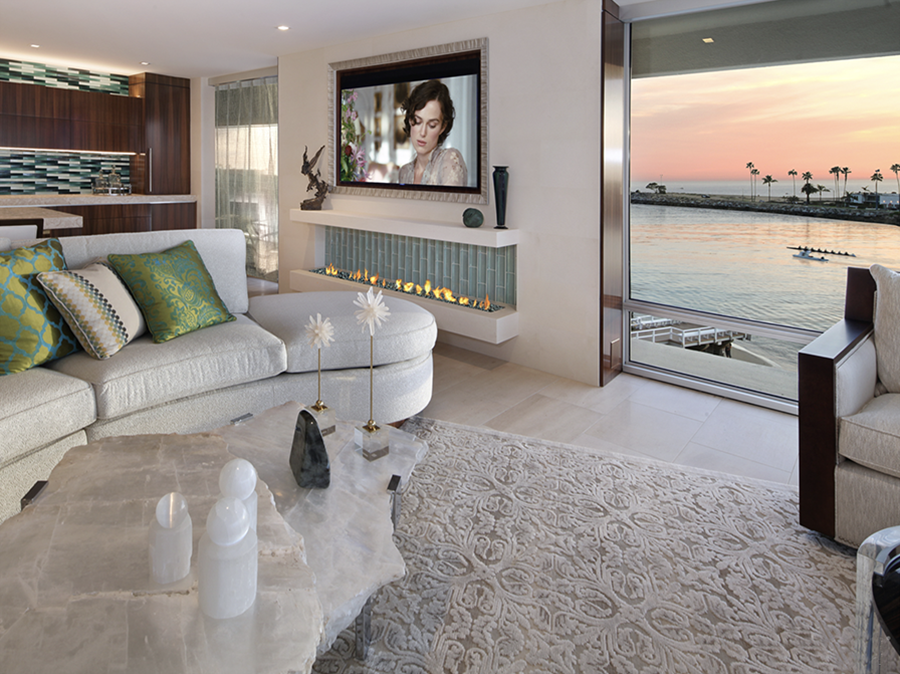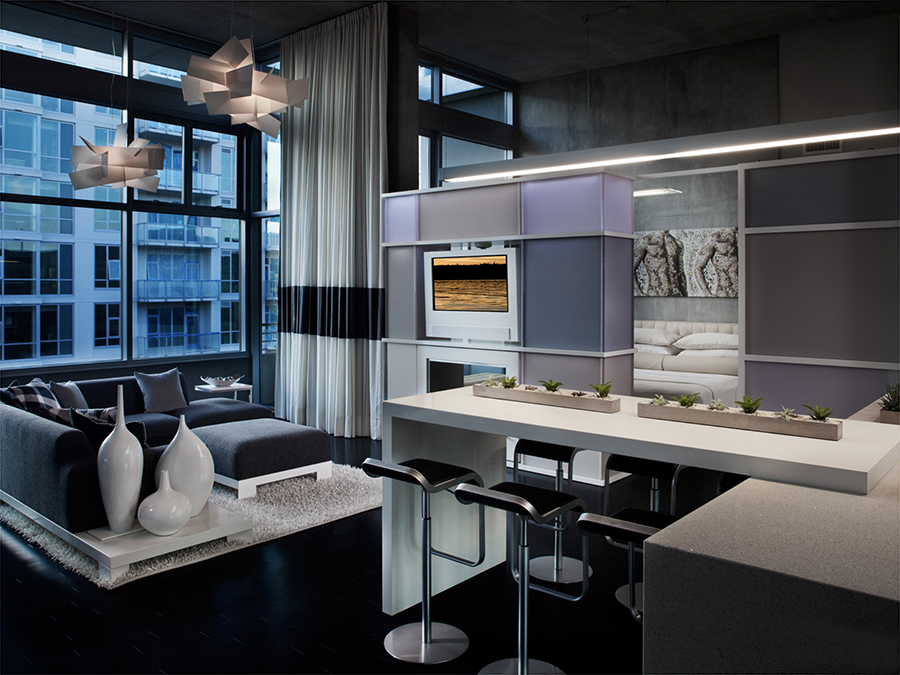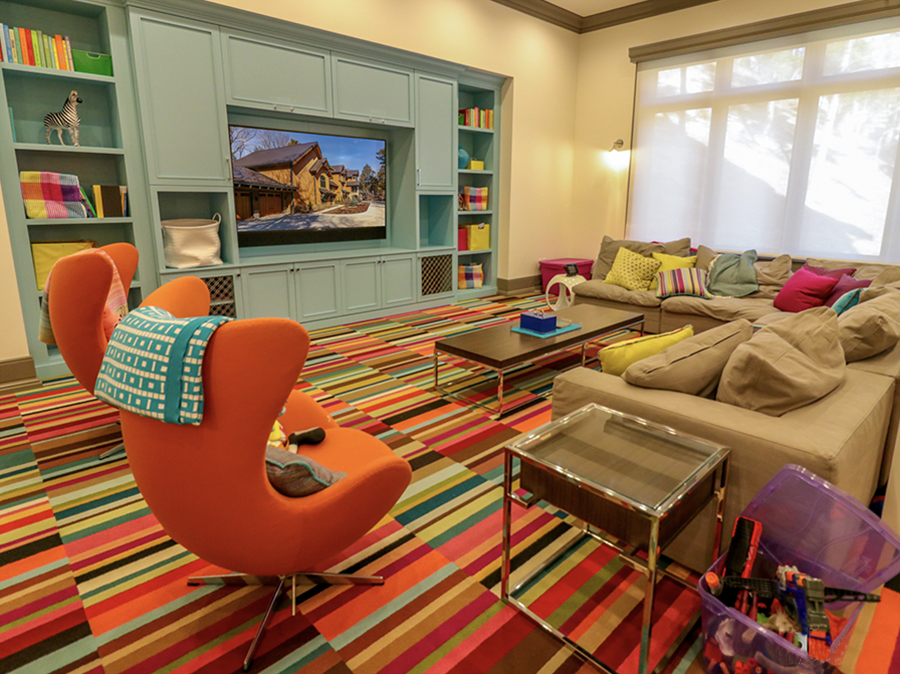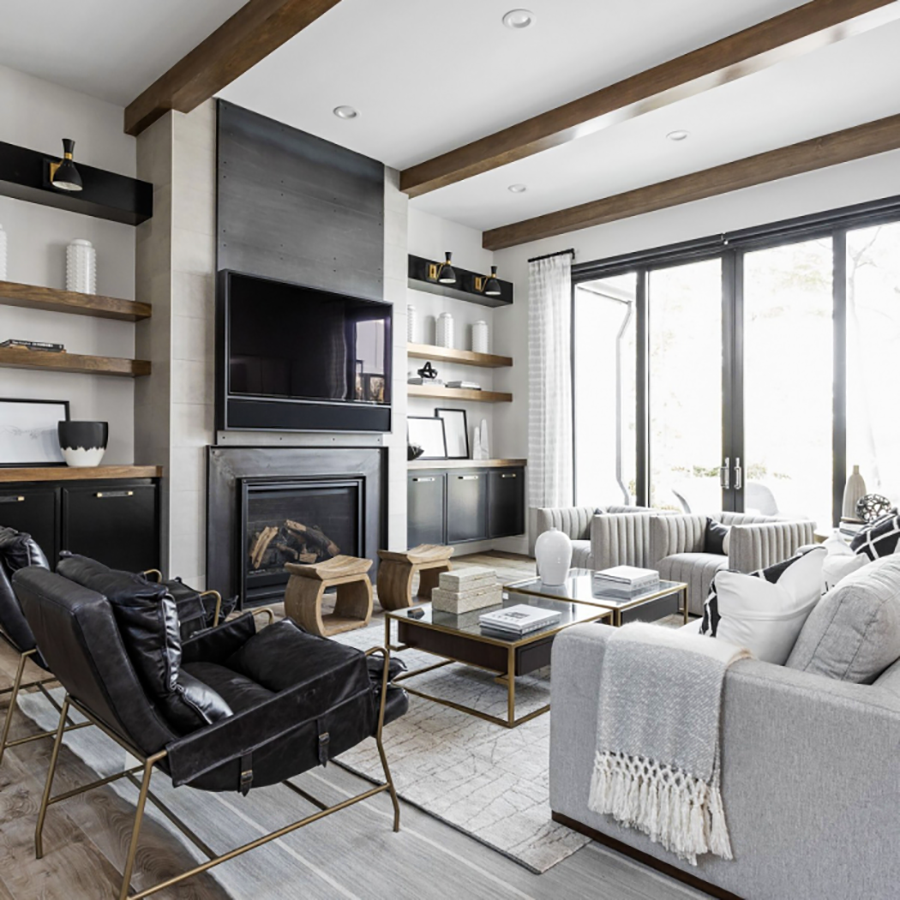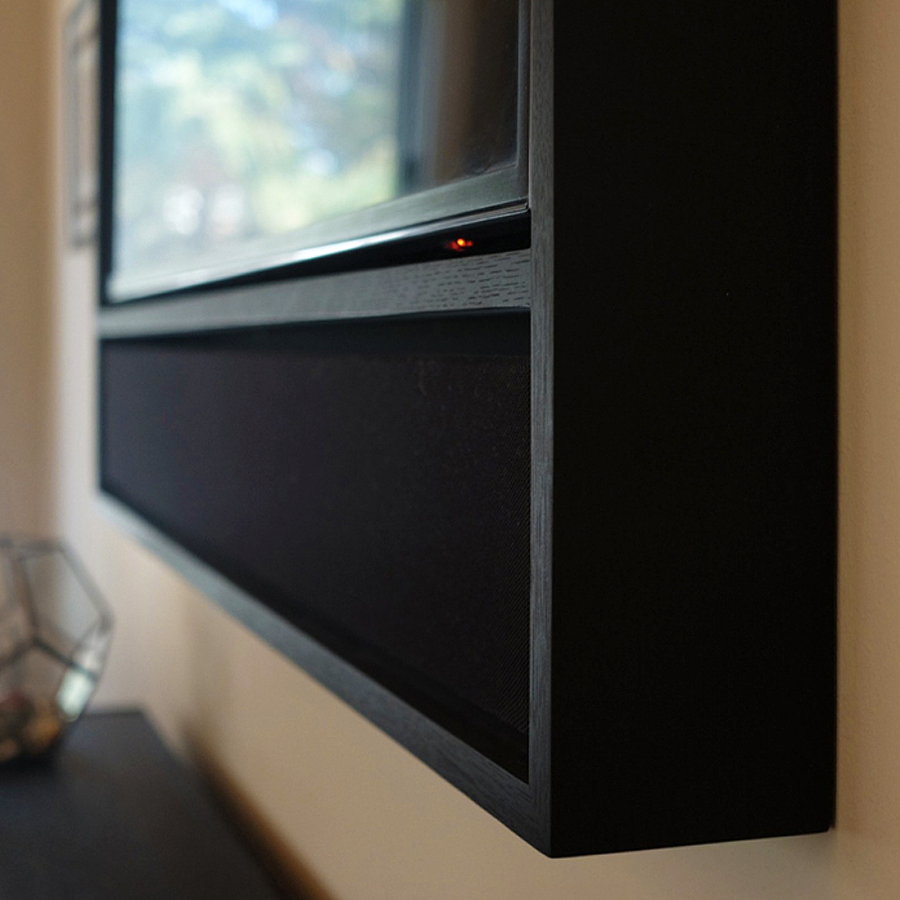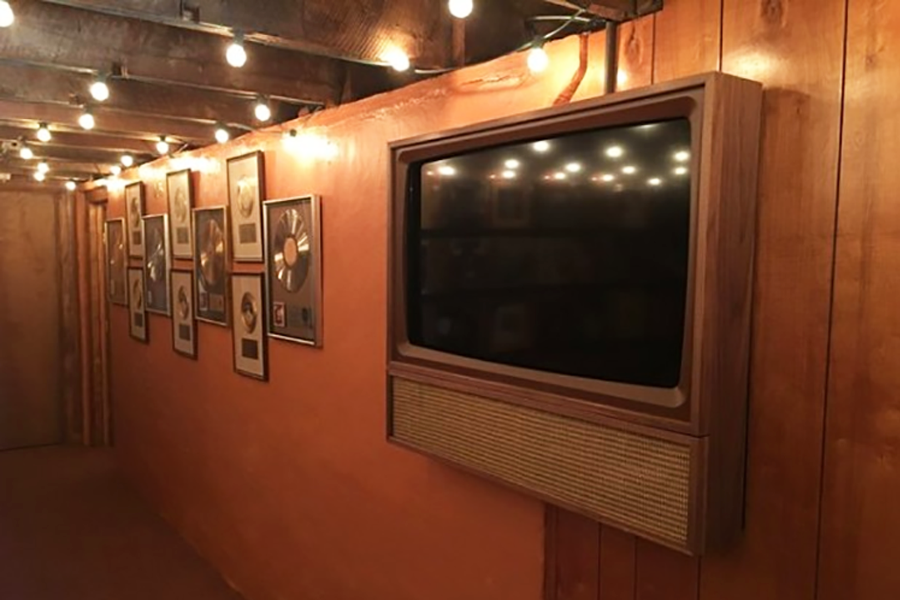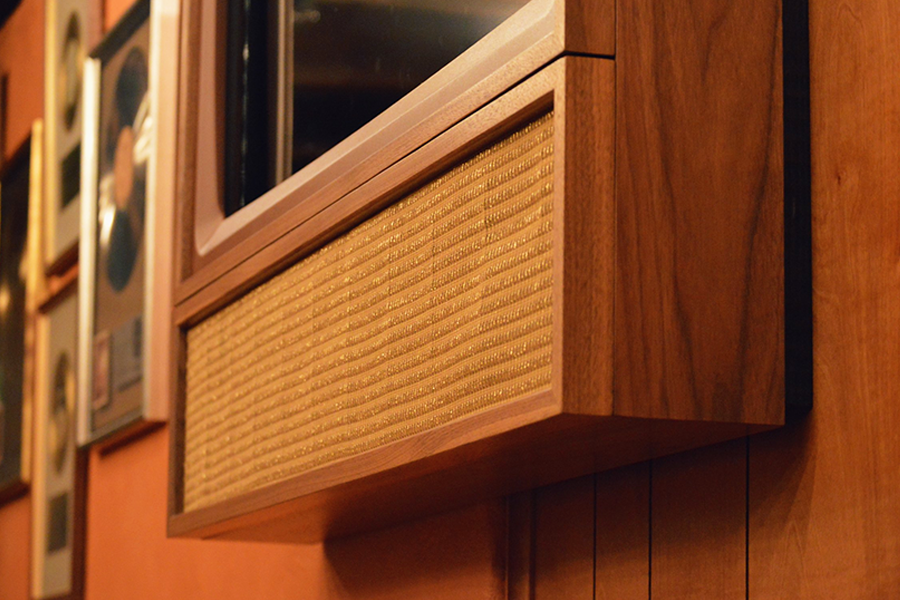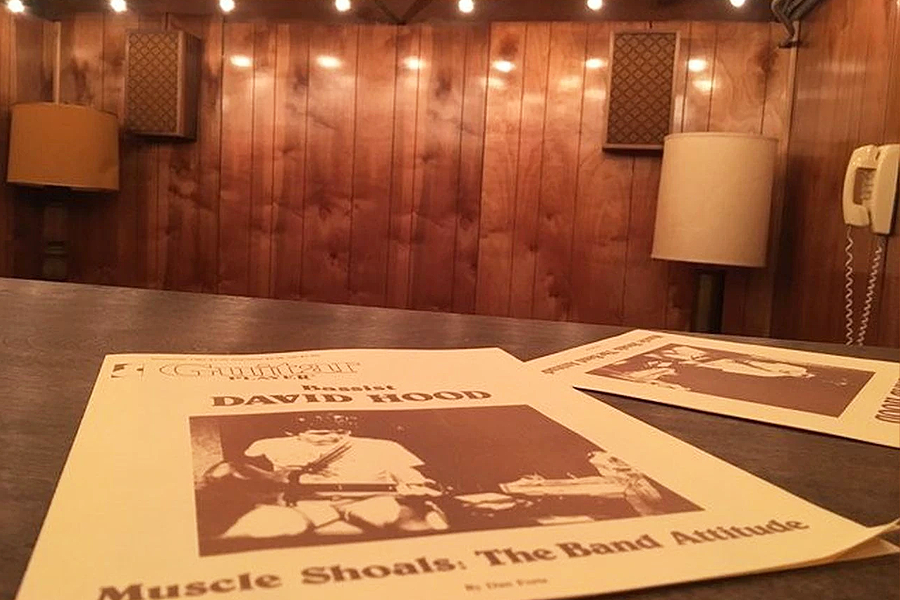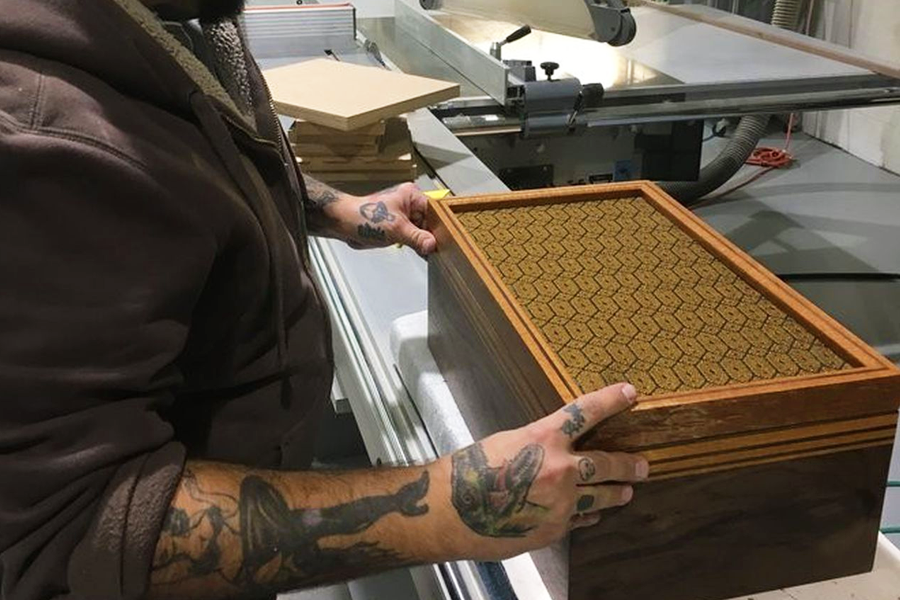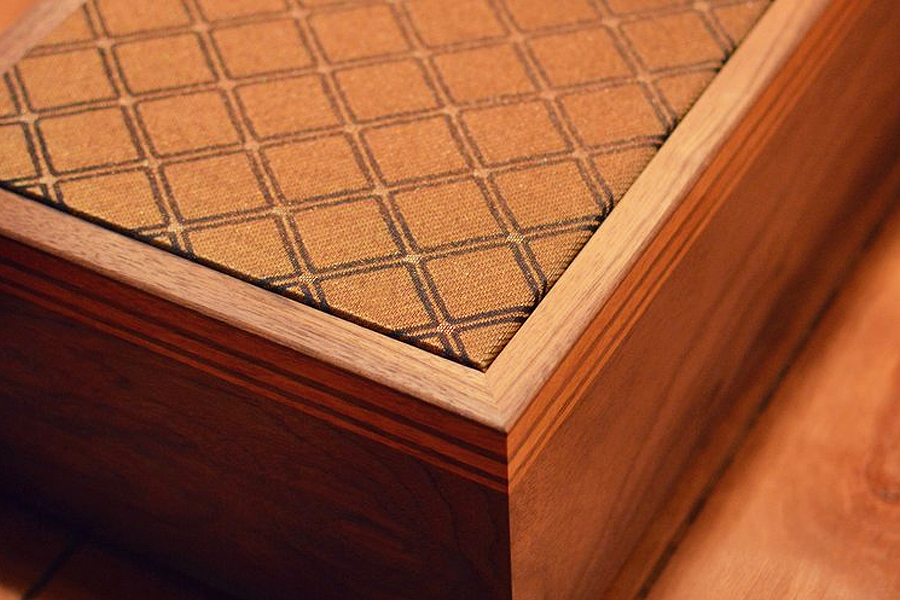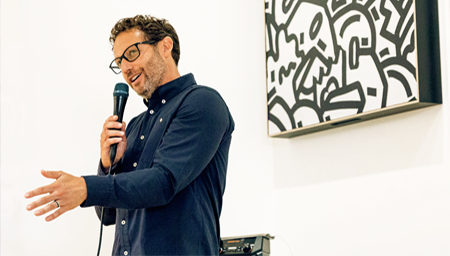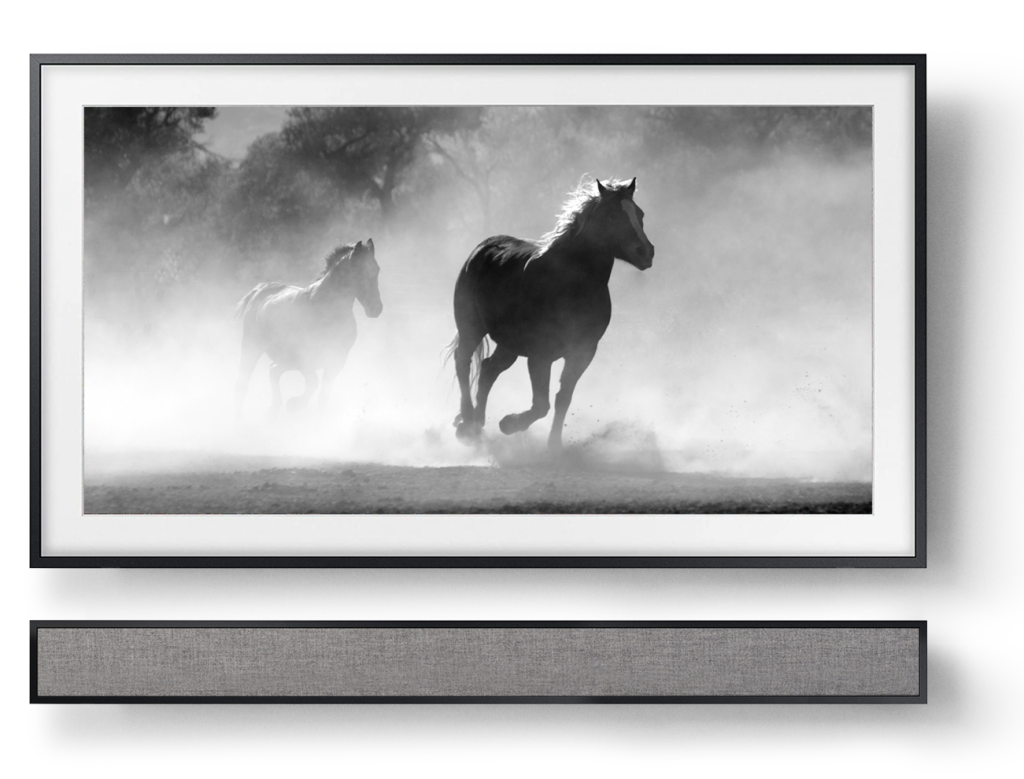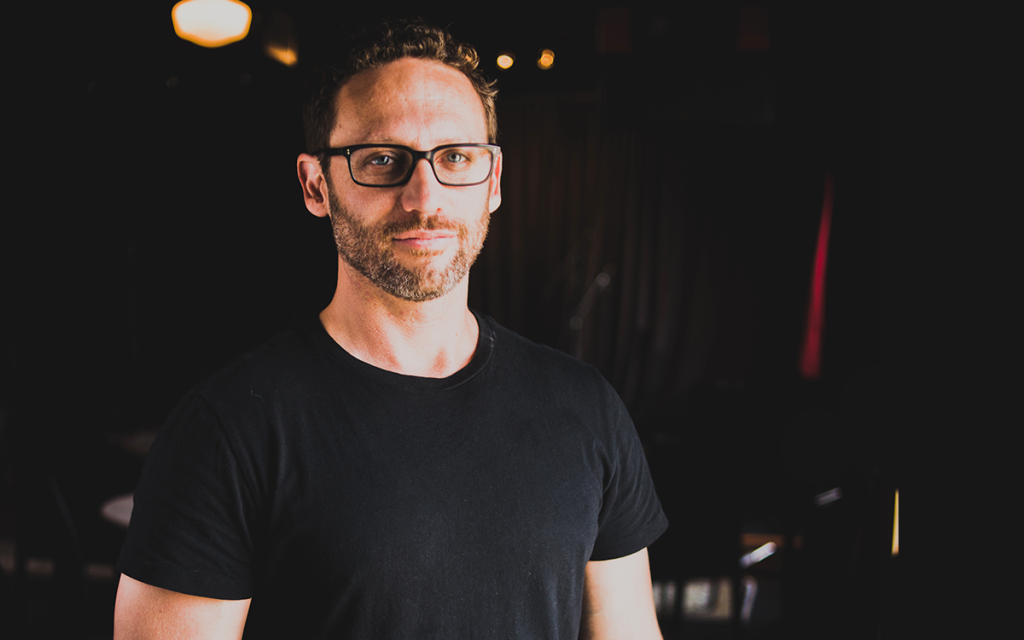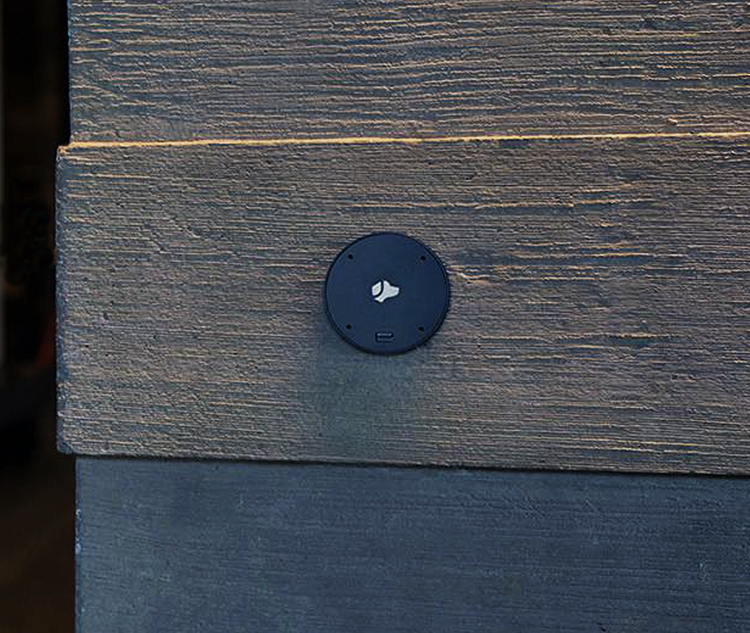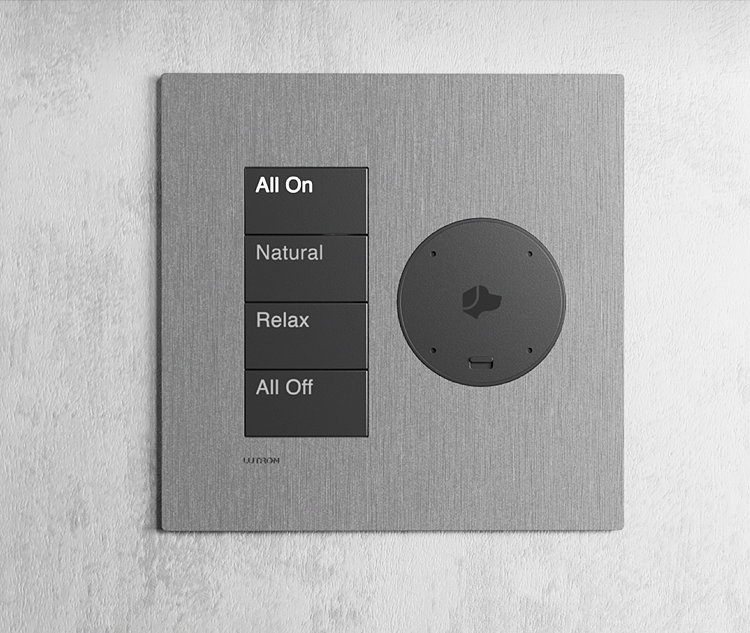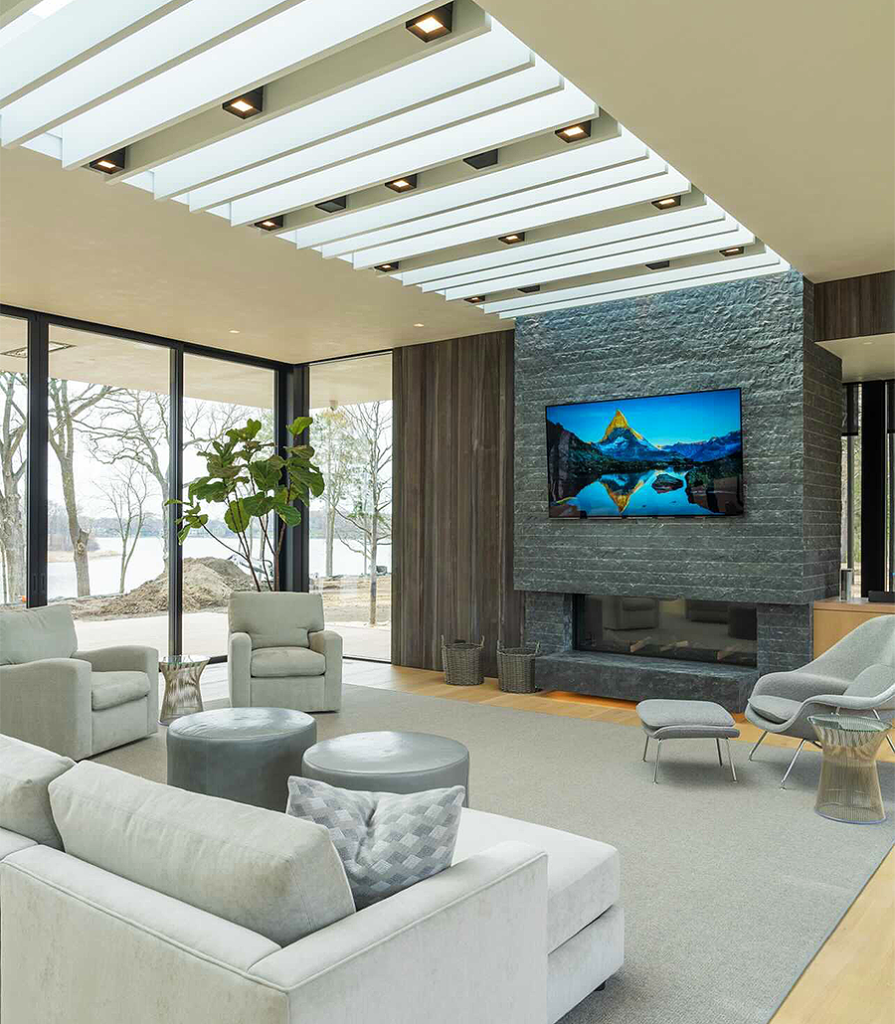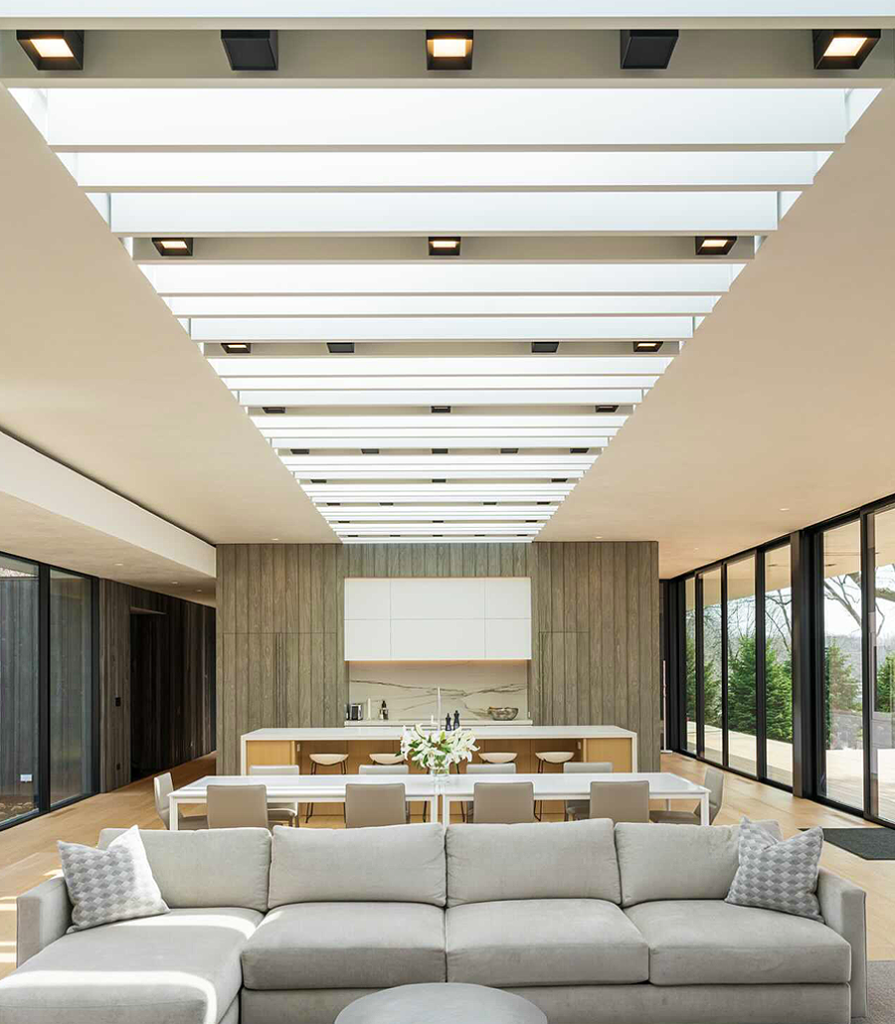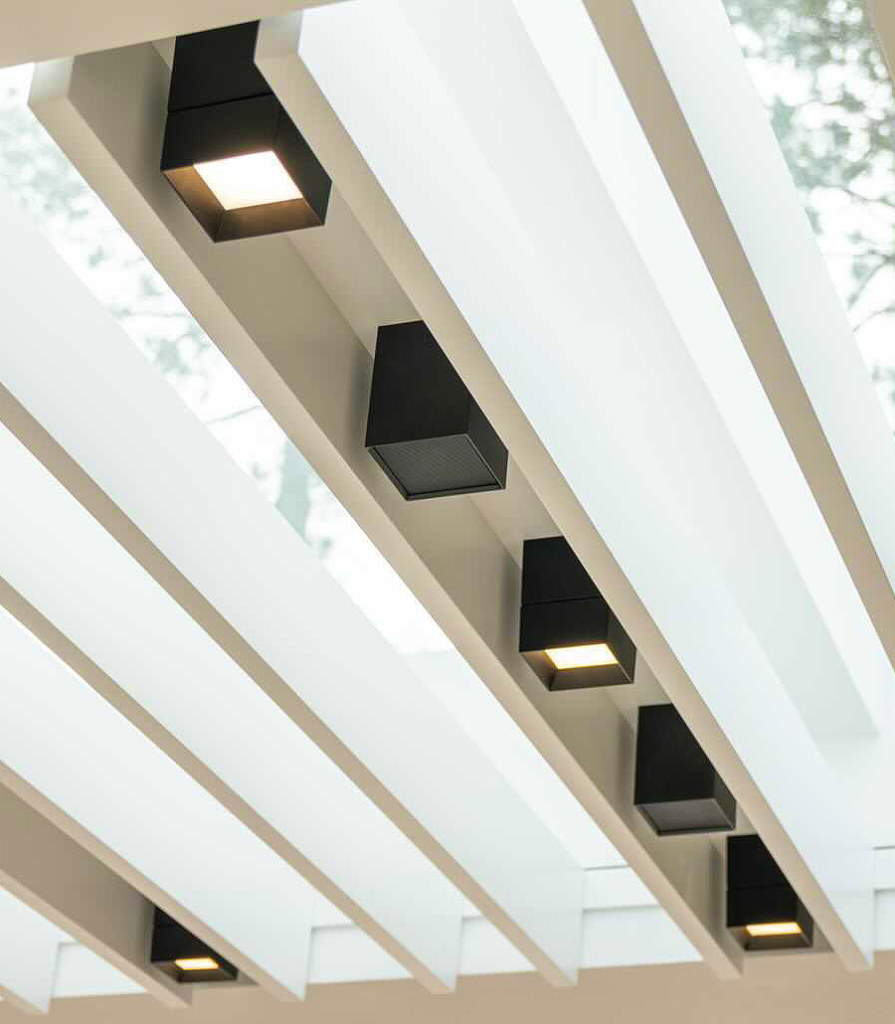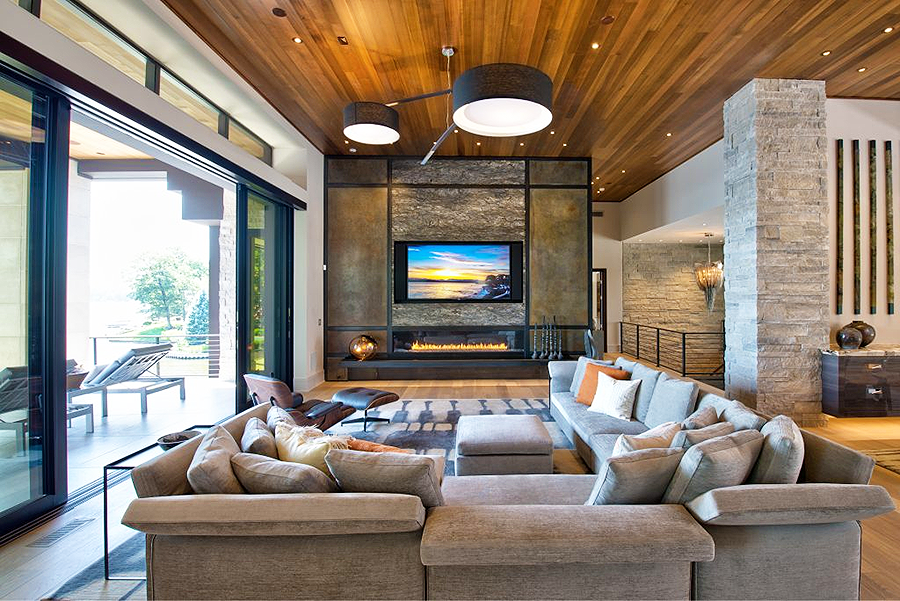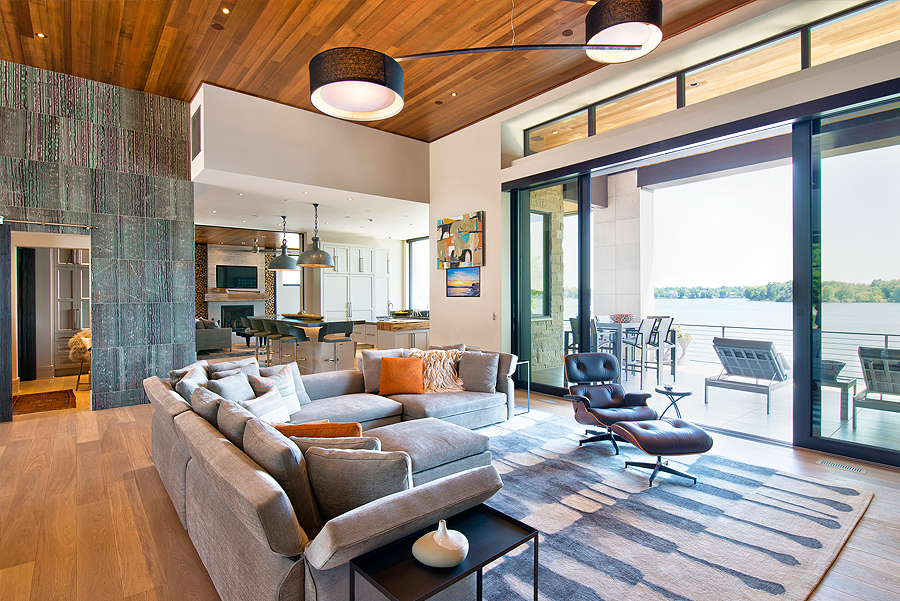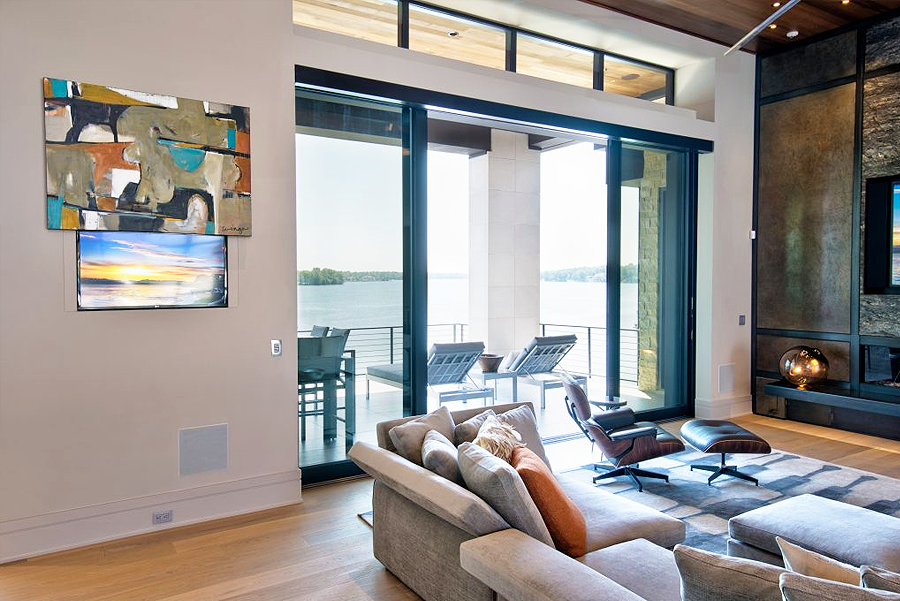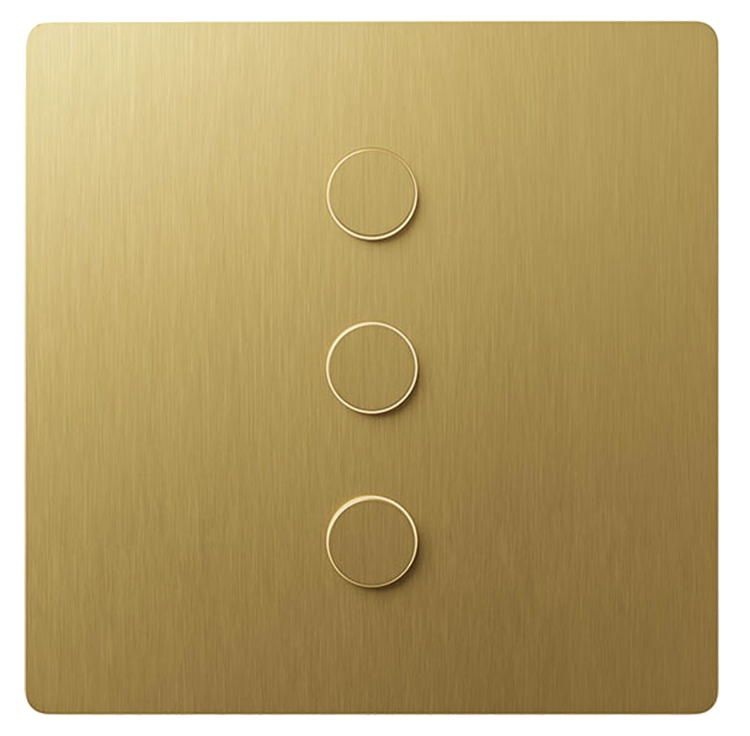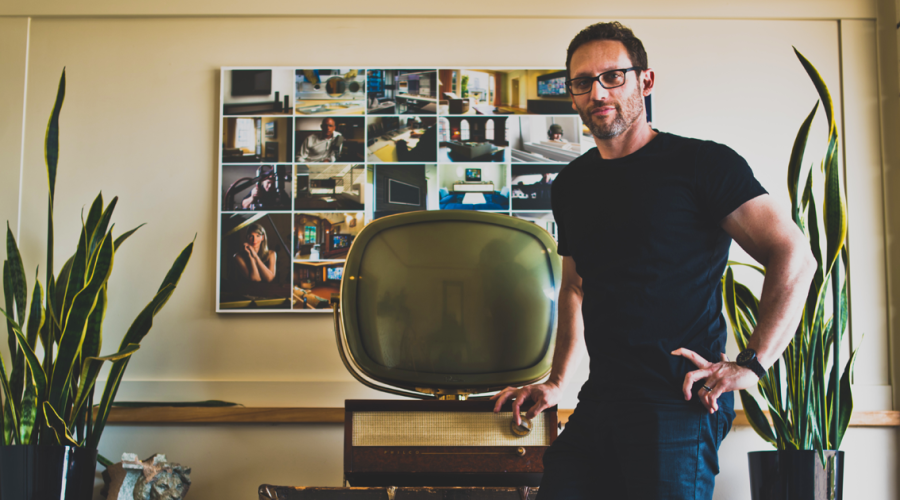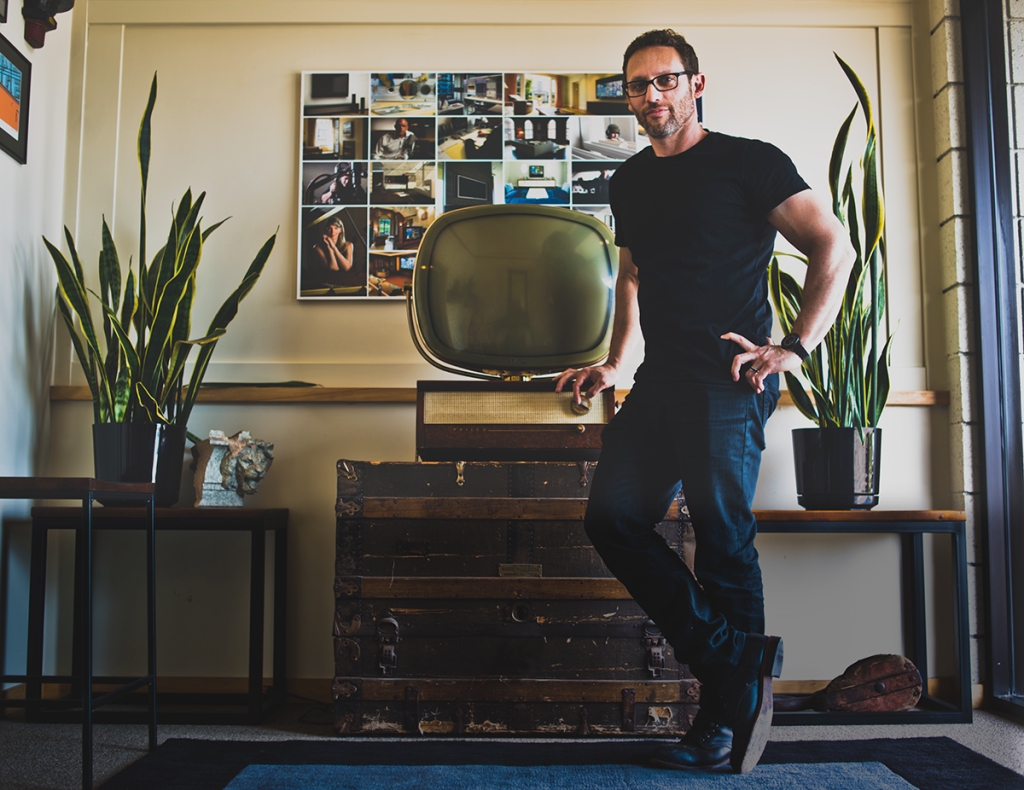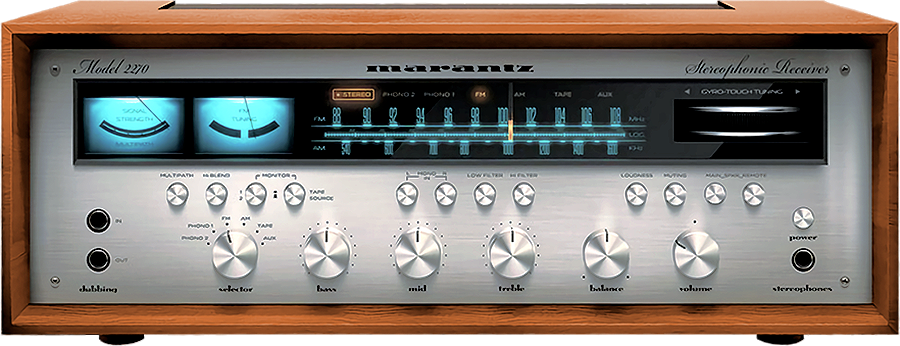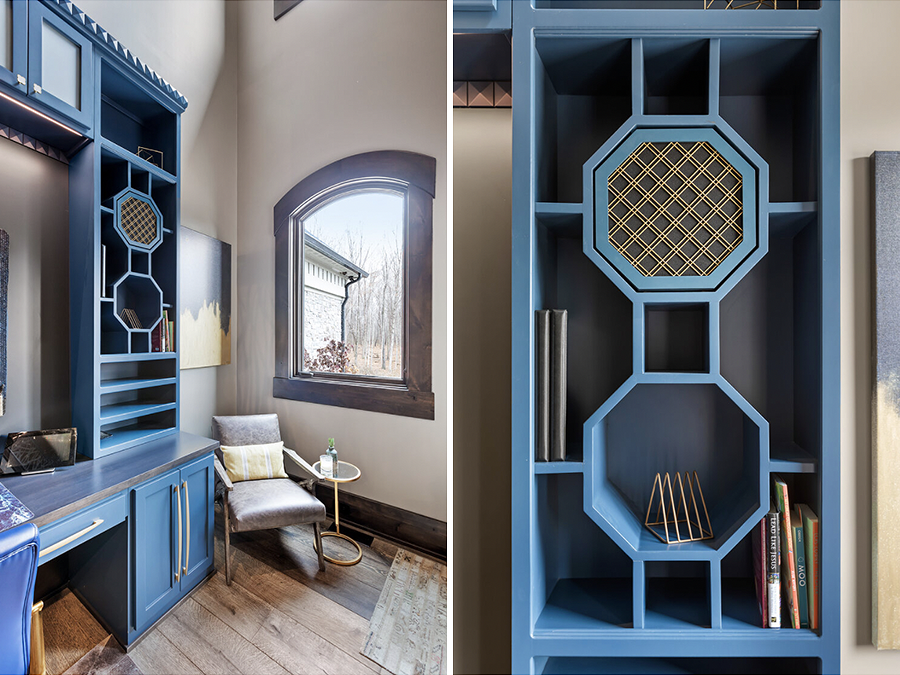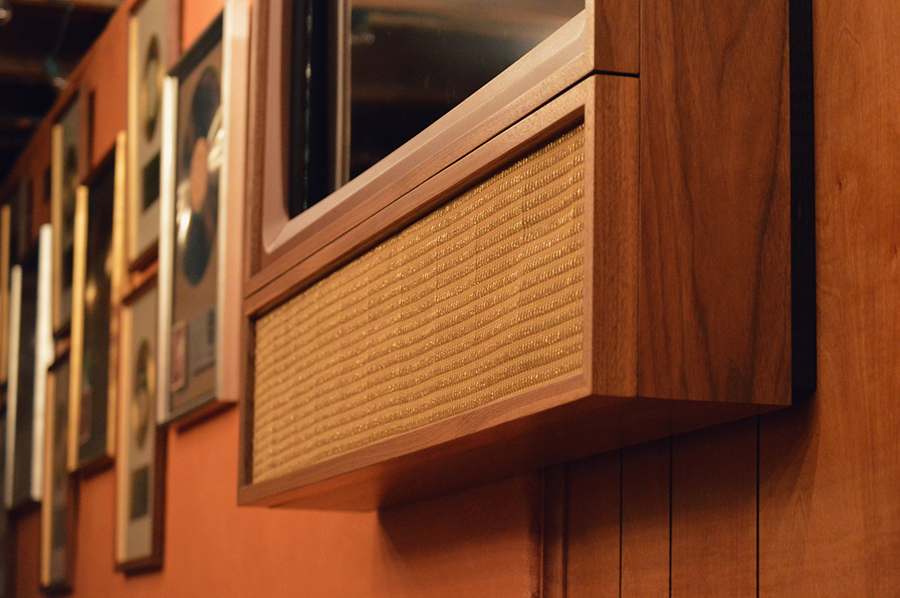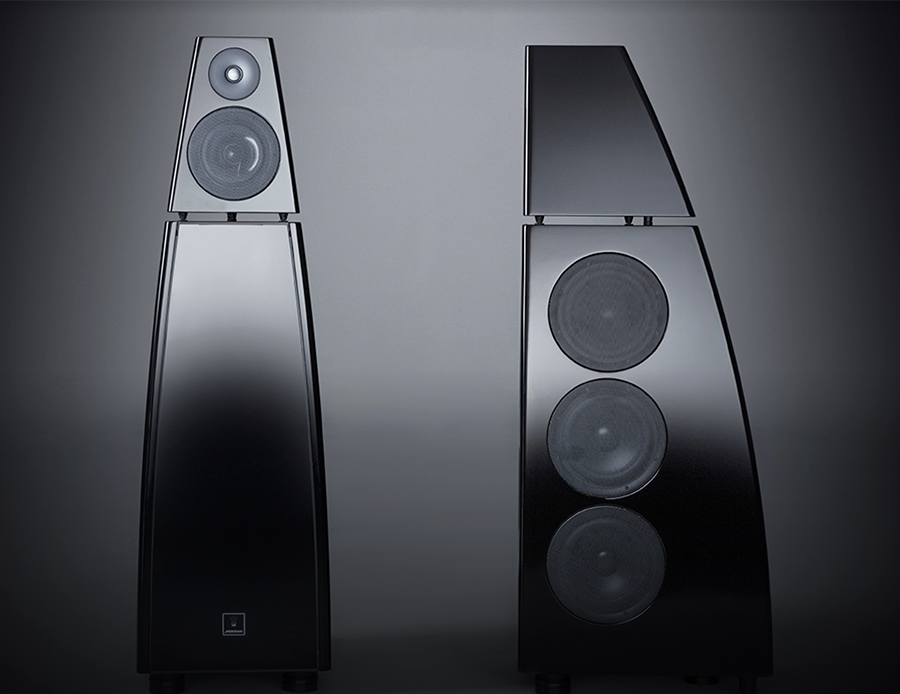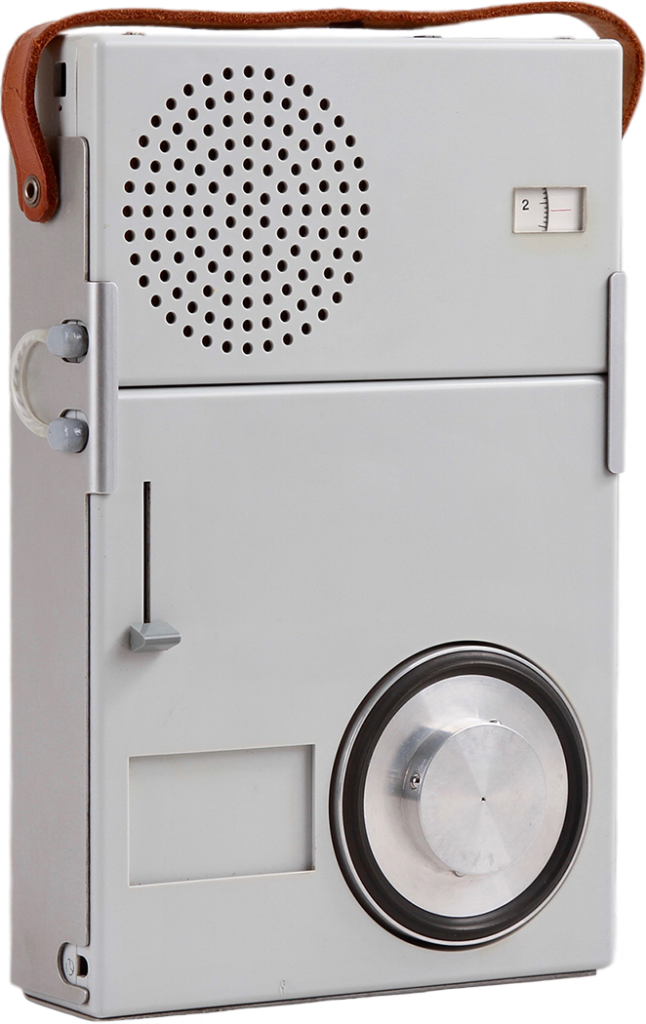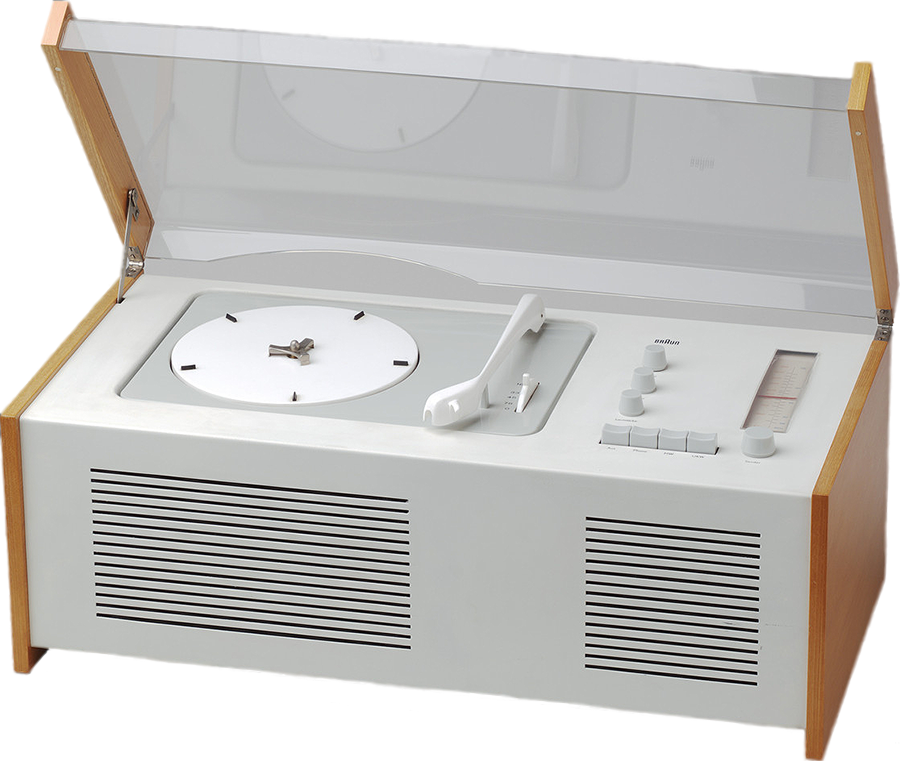Noah Kaplan–Bringing Entertainment & Design Together Again
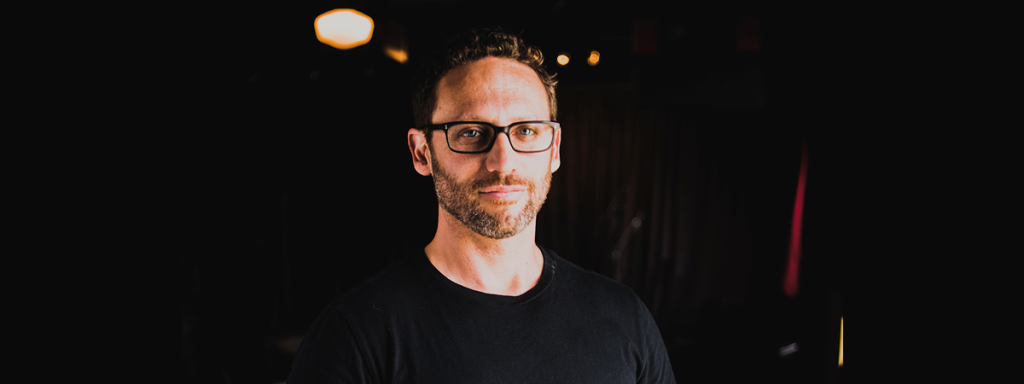
Noah Kaplan—Bringing Entertainment & Design Together Again
A deep dive into how Kaplan and his company are at the forefront of the effort to make entertainment tech not just attractive but major statements in design
by Michael Gaughn
April 22, 2022
As much an artist as an entrepreneur, as much musician and music lover as speaker maker, Noah Kaplan has seen his business—Leon Speakers—grow rapidly, as both a presence and an influence, exactly because it’s the antithesis of an electronics behemoth. A creativity-driven craft operation that’s as much local as international, Leon is the speaker-company equivalent of a microbrewery. (No big surprise to learn, then, that Kaplan shepherds one of those as well).
But there’s little point in providing deep background in this intro since a lot about Leon emerges in the interview that follows. Just know that the artistic impulses that define and drive its efforts have synced up nicely with the larger movement to bring design back to home entertainment, making Leon one of the most significant forces in the push to make components not just visible but forms of expression, and, ideally, works of art.
PART 1
The Leon Speakers founder is a leading force in the movement to reintroduce a long lost sense of style into luxury home entertainment
“For decades, the prime directive when it comes to luxury home entertainment has been ‘hide it all away’—an edict that’s caused all the various gear purveyors to find ingenious ways to make everything from speakers to electronics to projectors virtually disappear. Problem is, it has also often led to unfortunate compromises in performance (although you’d never know it to look at the marketing). Maybe even more unfortunate, it’s resulted in some huge lost opportunities for making innovative design statements in the home.” read more
PART 2
The man behind Leon talks about the other companies helping to drive the movement to make entertainment tech fashionable again
PART 2
“In our previous conversation, Leon Speakers’ founder Noah Kaplan described how his efforts are grounded in the work of innovative mid-century industrial designers like Dieter Rams, who found ways to turn pieces of entertainment technology into compelling design statements. Picking up the ball again below, he discusses the contemporary companies that share his don’t-hide-the-gear approach to not just integrating but showcasing technology in the décor of design-conscious homes.” read more
PART 3
On translating the desire to bring design flare back to entertainment tech into real-world product
PART 3
“Having, in Part 1, discussed the movement to free entertainment technology from its anonymity by transforming it into distinctive design statements and, in Part 2, limning some of the companies that are helping propel that effort, Leon’s guiding spirit and tech-design evangelist here talks about his own contributions to the cause, citing examples of how he’s put his theories—and inspiration—into practice.” read more
PART 4
The interview concludes with a glimpse of a time to come when entertainment tech will once again fully embrace innovative design
“As we wrap things up, Leon Speakers‘ Noah Kaplan neatly brings things full circle, weaving together all the threads he laid out in the previous three installments. The focus here is primarily on the future—not just of Leon but of home entertainment in general as it continues to spread out, in increasingly sophisticated forms, throughout the home, and thanks to more nuanced and responsive technology and design, evolves from an often awkward add-on to an integral and stylish part of the domestic environment.'” read more
SIGN UP FOR OUR NEWSLETTER
© 2023 Cineluxe LLC
